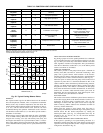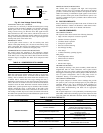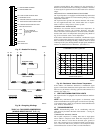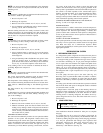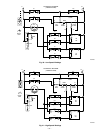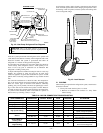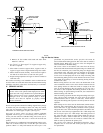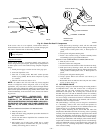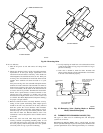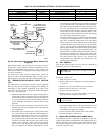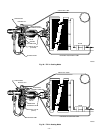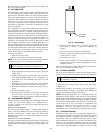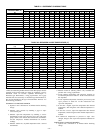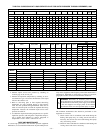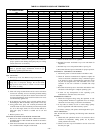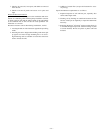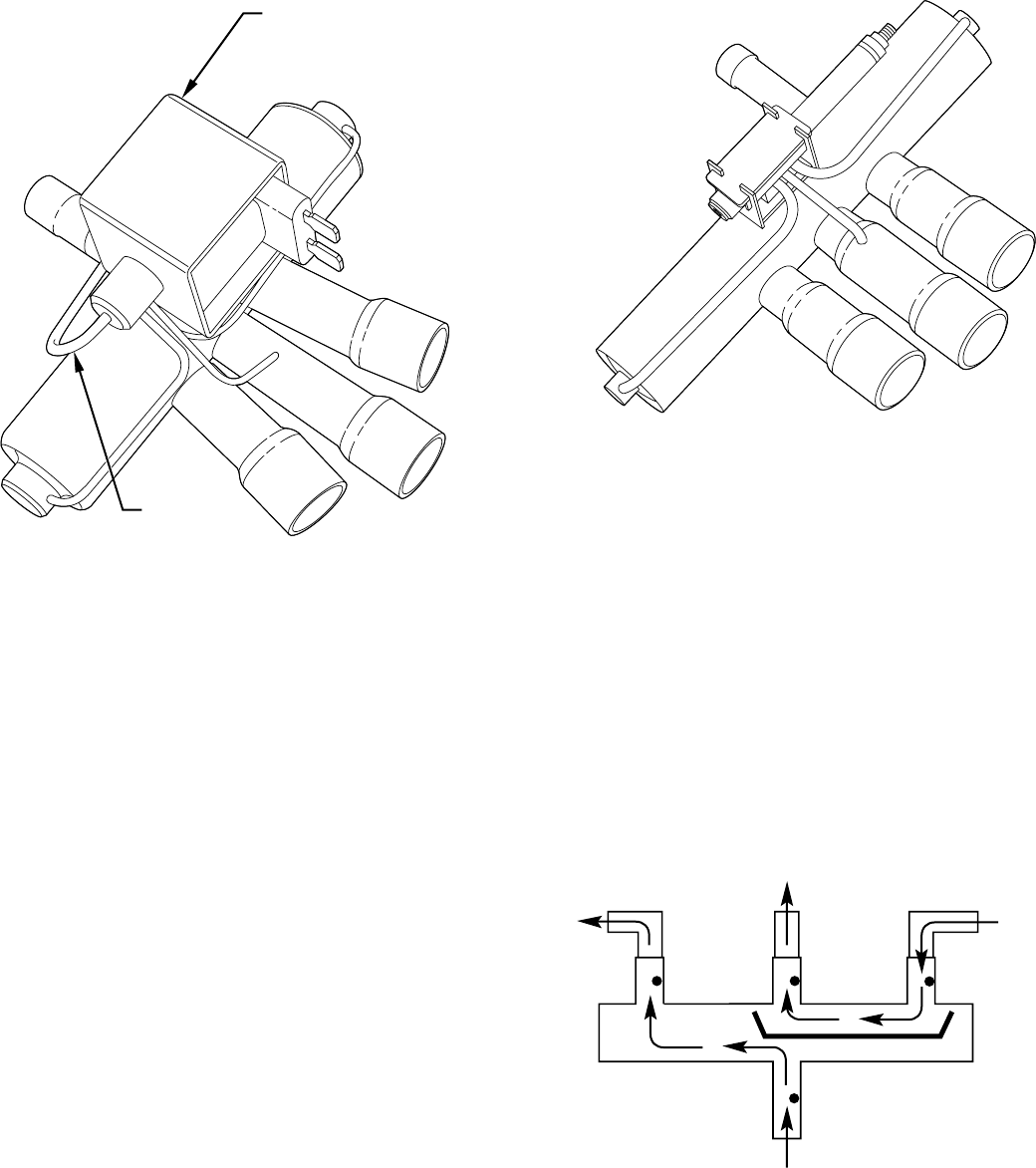
If valve is defective:
1. Shut off all power to unit and remove all charge from
system.
2. Check valve design. If valve is of the 3-port design and new
replacement is of the 4-port design, replacement of the
solenoid coil and wire leads is necessary. Valve bodies are
interchangeable, but solenoid and wires are not. Three-port
reversing valve and solenoid coil with leads must be used
together. New solenoid coil cannot be used on a 3-port
valve.
Four-port reversing valve uses solenoid with quick-connect
terminals for leads connection. Old solenoid coil cannot be
used on 4-port reversing valve. If for any reason a new wire
cord is not available, cut the leads on the old solenoid coil
as close to the coil as possible. Terminate the leads with 2
female 1/4-in. quick-connects. Connect terminals to new
solenoid and tape connection to insulate and provide
moisture barrier. Replace these wires as soon as wire cord
is available. See RCD (Replacement Component Catalog)
for proper cord part number.
3. Remove solenoid coil from valve body. Remove valve by
cutting it from system with tubing cutter. Repair person
should cut in such a way that stubs can be easily rebrazed
back into system. Do not use hacksaw. This introduces
chips into system that cause failure. After defective valve is
removed, wrap it in wet rag and carefully unbraze stubs.
Save stubs for future use. Because defective valve is not
overheated, it can be analyzed for cause of failure when it
is returned.
4. Braze new valve onto used stubs. Keep stubs oriented
correctly. Scratch corresponding matching marks on old
valve and stubs and on new valve body to aid in lining up
new valve properly. When brazing stubs into valve, protect
valve body with wet rag to prevent overheating.
5. Use slip couplings to install new valve with stubs back into
system. Even if stubs are long, wrap valve with a wet rag to
prevent overheating.
6. After valve is brazed in, check for leaks. Evacuate and
charge system. Operate system in both modes several times
to be sure valve functions properly.
VII. THERMOSTATIC-EXPANSION VALVES (TXV)
The types of TXVs used in condensing-unit and heat-pump
systems are as follows:
Rapid-Pressure Balance (RPB)—Has a special bleed port that
allows rapid bleed-through of pressure after system shutdown until
pressure equalization occurs within approximately 1 to 2 minutes.
NEW SOLENOID COIL
4TH PORT
4 PORT DESIGN
A91456
3 PORT DESIGN
A91457
Fig. 46—Reversing Valve
Fig. 47—Reversing Valve (Cooling Mode or Defrost
Mode, Solenoid Energized)
A88342
FROM INDOOR COIL VIA
SERVICE VALVE ON
OUTDOOR COIL
TO
ACCUMULATOR
TO OUTDOOR
COIL
TP-4
TP-3
TP-2
TP-1
FROM COMPRESSOR
DISCHARGE LINE
—40—



